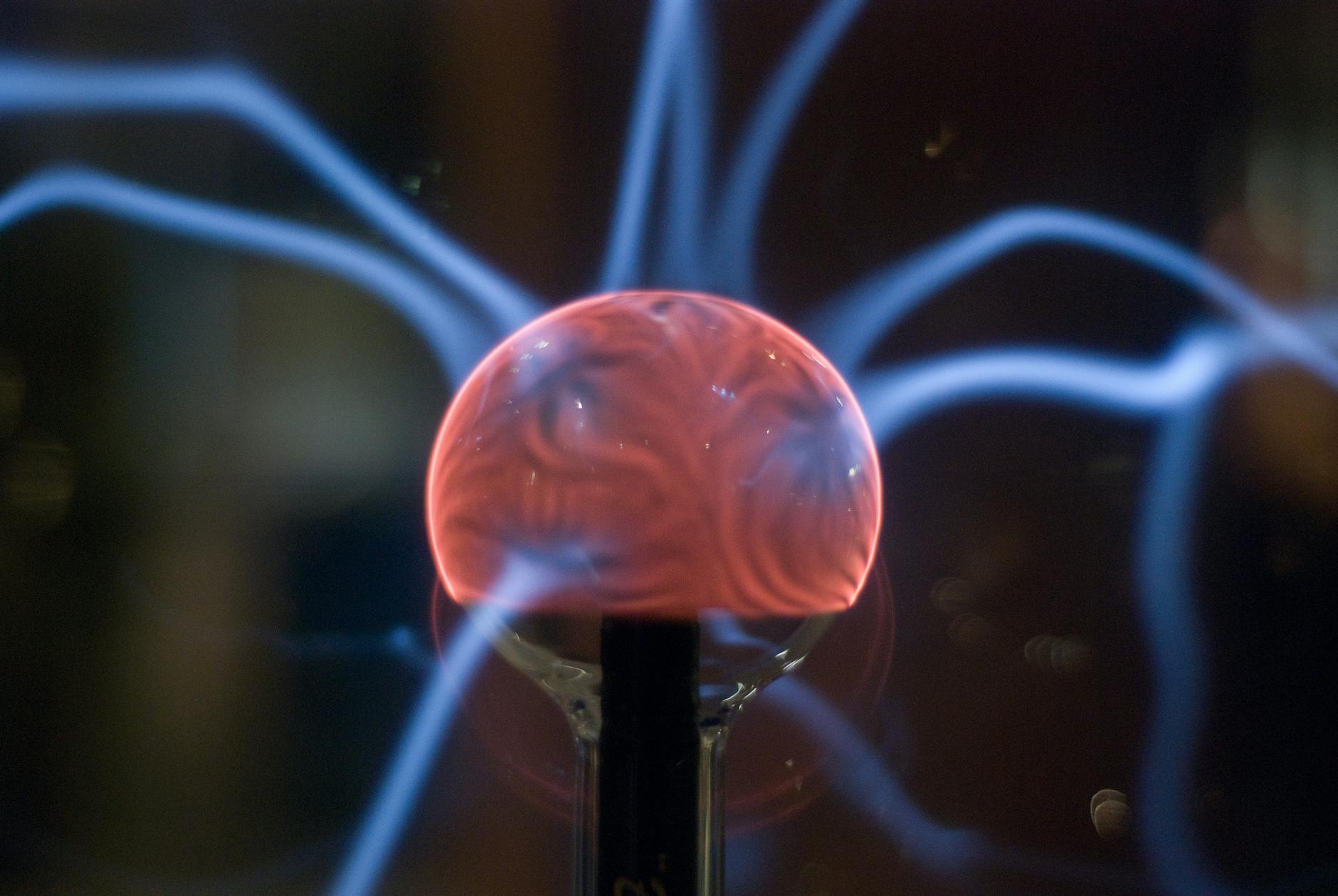What is visualization techniques for focus?

What is visualization techniques for focus?
Visualization techniques for focus are powerful strategies that enhance mental clarity and concentration. By creating mental images, you can train your brain to stay focused and improve your productivity. Whether you’re studying for an exam, preparing for a presentation, or simply trying to concentrate on your daily tasks, these techniques can make a significant difference.
Understanding how visualization works and how you can implement it in your daily routine is crucial for maximizing your focus and achieving your goals.
Understanding Visualization Techniques
Visualization techniques encompass various methods that involve creating mental images to influence your psychological state. They can improve focus by allowing you to visualize your objectives clearly, thereby boosting motivation and clarity.
Definition and Purpose of Visualization
At its core, visualization is about imagining scenarios, objects, or outcomes in your mind. The purpose of this practice is to help you concentrate on specific goals or tasks while reducing distractions. By engaging with vivid mental imagery, you can enhance your focus, making it easier to stay on track.
Research indicates that visualization can activate the same neural pathways as real-life experiences, reinforcing learning and memory. This can translate into improved performance in various activities, making it a valuable technique for anyone looking to sharpen their focus. For more insights on the benefits of visualization, check out this resource from Psychology Today.
How Visualization Affects the Brain
Visualization affects the brain by stimulating specific regions associated with emotions, memory, and attention. When you visualize a successful outcome—like acing a presentation—your brain activates similar responses as if you were actually experiencing that success. This connection can increase your confidence and motivation while decreasing anxiety levels. As a result, visualization can significantly enhance your focus during tasks.
Types of Visualization Techniques for Focus
There are several effective visualization techniques you can use to improve your concentration and focus. Here are some of the most popular methods:
Mental Imagery Techniques
Mental imagery involves creating vivid images in your mind related to your goals or tasks. This technique can be particularly useful in scenarios like sports performance, where athletes visualize successful routines before execution.
For example, if you’re preparing for a public speaking event, imagine yourself confidently delivering your speech to an engaged audience. This mental rehearsal can help solidify your focus and reduce performance anxiety. Techniques such as mind mapping and guided imagery are also effective ways to engage mental imagery. For more on this topic, take a look at this guide on visualization techniques.
Guided Visualization Practices
Guided visualization is a structured technique often facilitated by an experienced guide or through audio recordings. This practice leads you through a series of visualizations designed to improve your focus on specific tasks or objectives.
Imagine being led through a peaceful forest, where every detail is articulated to help you feel relaxed and centered. This state of calm can significantly enhance your focus when you return to your tasks. You might explore guided visualization techniques through apps or platforms, which provide structured sessions to follow.
Daydreaming as a Focus Tool
While daydreaming often gets a bad rap, purposeful daydreaming can actually serve as a focus tool. By allowing your mind to wander creatively, you may stumble upon innovative solutions to problems or develop new perspectives on tasks.
Think of it as a brainstorming session in your mind. When you let your imagination flow, you can unlock hidden ideas that can enhance your focus and productivity.
Implementing Visualization Techniques into Daily Routines
Integrating visualization techniques into your daily life is crucial for fostering better focus. Here are some actionable strategies to get you started:
Creating a Visualization Routine
Establishing a regular visualization practice can significantly enhance your focus. Consider dedicating a specific time each day—such as in the morning or just before bed—to visualize your goals.
Find a quiet space, close your eyes, and take a few deep breaths. Imagine your goals vividly and with emotion. This practice can help reinforce your focus and set a positive tone for the day.
Tools and Resources for Visualization
Several tools and resources can assist in developing your visualization practice. Apps like Headspace or Calm offer guided visualization sessions that can make it easier for you to engage with this technique. You might also explore visualization journals where you can draw or describe your goals, enhancing your commitment to the process.
Overcoming Challenges with Visualization Techniques
Starting any new practice can come with challenges. Here are some common obstacles you might face with visualization and how to overcome them.
Common Misconceptions about Visualization
One misconception is that visualization is merely “daydreaming” without purpose. In reality, effective visualization requires practice and intention. By understanding that visualization is a structured method to enhance focus, you can approach it with the seriousness it deserves.
Staying Consistent with Visualization Practices
Maintaining consistency is key to realizing the benefits of visualization. Set reminders and integrate visualization into your daily routine, just as you would with other important habits. Consider joining groups or online forums where you can share experiences and stay motivated.
Conclusion and Final Thoughts on Visualization Techniques for Focus
Visualization techniques for focus are powerful tools that can transform your productivity and concentration. By understanding how to implement and practice these techniques, you can enhance your mental clarity and achieve your goals more effectively.
Whether through mental imagery, guided sessions, or purposeful daydreaming, these strategies can help you stay focused in both personal and professional settings. As you integrate visualization into your daily routine, remember that consistency and intention will lead to the most significant benefits. Start visualizing today to unlock your full potential!

Photo by Pixabay